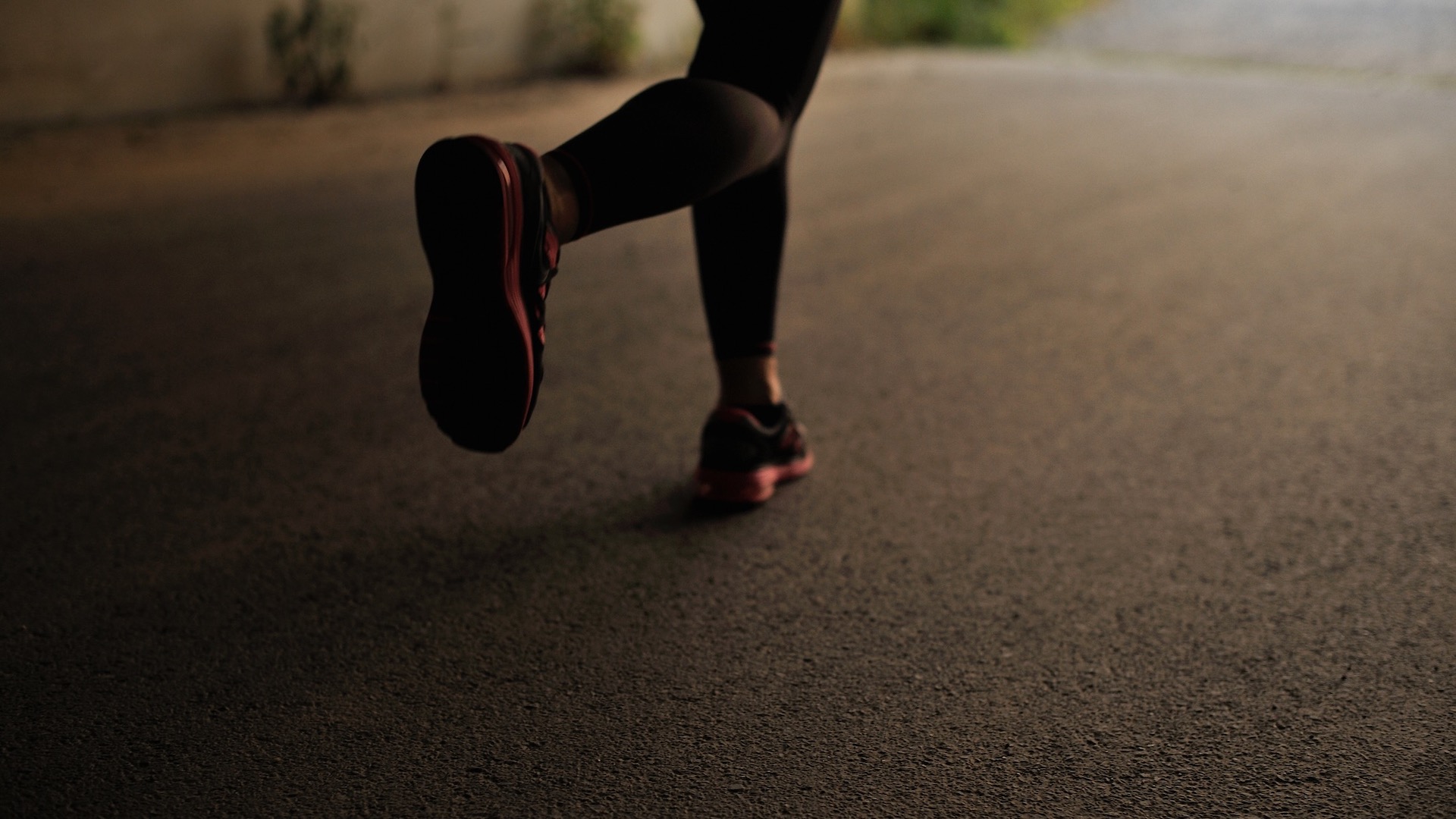How to run more efficiently: expert tips on running economy
Understanding running economy and the factors that contribute could make you a faster and better runner

Most runners would love to be able to run with greater speed and pace or for longer, but without using more energy to do so. To do this, runners need to be able to run more efficiently, or with what is known as improved running economy (RE).
Dr Grant Trewartha, a biomechanist with a focus on the technical aspects of endurance running, explains: “Put simply, running economy is the bang you get for your buck. The amount of running performance you get out for the energy you are putting in.”
But how do we improve our running economy?
Understanding running efficiency
To understand running economy or running efficiency we need to consider the different units that are measured in runners.
Dr Trewartha, who is part of a science team at NURVV based in Twickenham, England, continues: “Running economy is most easily conceived as the metabolic cost to cover a given distance, so calories per kilometre or calories per mile, or the metabolic cost to run at a given speed.
“If you can run economically, you can get more performance for the same energy – and run faster – or you get the same performance for less energy and run further.
“It’s similar to fuel economy in a car. For good economy, you want as many miles per gallon as possible."
All the latest inspiration, tips and guides to help you plan your next Advnture!

What does efficient running look like?
Efficient or economical running is running with the least amount of effort for the pace that you are running at. The economy will obviously vary depending on what distance you are running.
Dr Trewartha, a keen runner himself, further explains that efficient running looks rather like “smooth” running. He says: “There are some things runners will try to limit, in order to make their running more efficient. These include limiting excessive braking and push-off phases, reducing excessive vertical oscillations and also limiting excessive whole body side-to-side movements and/or excessive arm motion. It is helpful, in this sense, to think about ‘smooth’ running.”
How to measure running economy
Running efficiency, scientifically called running economy, has been shown to be the primary factor that separates seemingly otherwise similar athletes. This means our running economy has a direct influence on our running performance.
When assessing the key physiological metrics for endurance running performance , there are three and they include maximum oxygen uptake, the speed at lactate threshold and running economy
Dr Trewartha says: “Distance running performance is dependent on sustained (aerobic) energy production and the conversion of this energy into forward locomotion. Running Economy is the term that describes this process and, therefore, if someone has better running economy, they will likely be able to convert more of this energy into locomotion, thus sustaining performance for longer.”

How to run efficiently
Dr Trewartha explains that there are lots of factors influence an individual’s running economy, including metabolic, cardiovascular, anthropometric (mass distribution), biomechanical (technique) and neuromuscular assets. There are also some genetic or non-modifiable factors but others are modifiable through training and technique development.
He adds: “There are a lot of variables that can impact running economy and while some cannot be controlled, such as aspects of a runner’s anthropometry, the heat of the day and the altitude that they live or train at, other factors can be controlled by the athlete, such as aspects of their biomechanics, the type and amount of training they are doing, and even their diet.”
Dr Trewartha describes an individual's running technique as an important modifiable factor.
He says: “For example, novice runners typically run at a lower cadence than their best cadence for optimal running economy.
“Also, different runners will benefit in terms of running economy by adopting different foot strike patterns and this is likely to be an individual response.”

The ‘supershoe’ and running efficiency
Other modifiable factors include running footwear. As an example, we can consider the advent of “supershoes”. The idea behind these shoes is to return more energy during each foot contact and therefore apparently minimise the amount of work the runner is having to expend.
Dr Trewartha says: “There will be an individual variation between runners on how much difference these types of ‘supershoes’ will make to running economy and race performance, but the evidence is now pretty compelling that they work for most runners.”

Efficient running : tips and techniques
Dr Trewartha outlines that there are various avenues (modifiable factors) open to improve Running Economy including:
Optimising running technique
For each individual runner, in each of their pace “ranges” there is a combination of technique parameters that will maximise their running economy for that pace.
Some technique factors that can be manipulated to reduce the energy cost of running include cadence, step length and foot strike.
Dr Trewartha led the scientific input into a wearable technology product for runners – NURVV Run. Part of this product is the “Form Coach” feature, which analyses all of an individual’s running within pace ranges and highlights the small differences they can make in their specific form to run more economically.
Strength training
Focusing on single leg activation while performing both explosive and high resistance exercises will improve muscle and tendon stiffness, enhancing the utilisation of elastic energy and minimising the amount of energy lost during initial ground contact.
Perform plyometrics
Introducing plyometrics (rebound exercises) to your training schedule will strengthen your muscles and tendons and aid the transfer of elastic energy during motion and reduce the energy expenditure required to stabilise your joints. Always build up the amount and intensity of plyometric exercises gradually into your training schedule, giving your body a chance to adapt.
Balance and stability
Good balance and stability will prevent you from using too much energy on unnecessary movements (especially side to side) and developing compensatory motion pathways.
Steady and consistent mileage build up
Research suggests that runners are more likely to run more economically when they regularly engage in distance running rather than just perform short and/or intense sessions.
However, Dr Trewartha reports that when building up mileage, always try to stick to an expert training plan and train consistently. he adds: "Rapid changes to your weekly mileage can lead to under and overtraining and increase risk of injuries."
Running Economy and more efficient running could be the key to making a positive difference to your overall speed, pace and endurance.

Fiona Russell is a widely published adventure journalist and blogger, better known as Fiona Outdoors. She is based in Scotland and is an all-round outdoors enthusiast with favorite activities including trail running, mountain walking, mountain biking, road cycling, triathlon and skiing (both downhill and backcountry). Aside from her own adventures, Fiona's biggest aim is to inspire others to enjoy getting outside and exploring, especially through her writing. She is also rarely seen without a running skort! Find out more at Fiona Outdoors.
